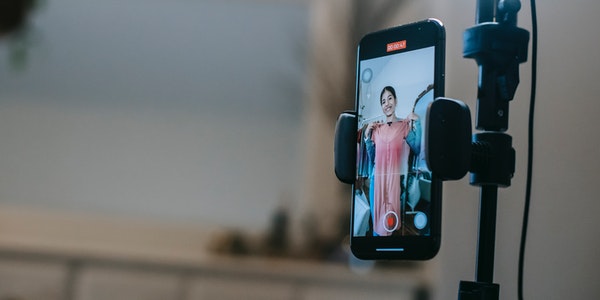Photography is a dialogue between light and shadow. With light, the world has colors, contrasts between light and dark, and so-called “shadows”.
Backlight shooting is a kind of shooting method that many movie friends like, because it will produce charming contour light, the hair will look very beautiful, and the person will be surrounded by a circle of gold, and the whole person will become more three-dimensional.
However, due to the backlight environment, “big black faces” are prone to appear when shooting, which is a problem that we need to focus on.
Table of Contents
Fill light
You can bring a reflector to fill up the light, but it is impossible for many people to bring such items when going out, so you can also use the surrounding environment and items to fill up the light. If there is a white wall on the opposite side of the character, light can also be properly supplemented by the principle of reflection. Or use white objects, such as white clothes. Of course, these operations need to be tested in reality.
Metering
The reason for the black face is that the light behind the character is relatively strong. If the metering method is unreasonable, after the automatic calculation, the camera will think that the front side of the portrait is normal, and a big black face will be formed.
At this time, center-weighted metering or spot metering can be used in the metering mode. Remember a very important formula “white plus black minus”. It is recommended to measure the light on the face of the person, and add 1 to 2 stops of exposure compensation on the basis, and you can get a picture with basic details of the face.
Many film friends like to use the second method, which can preserve the overall atmosphere of the picture and allow the characters to blend into the environment more naturally. I hope I can help film friends shoot more and better works.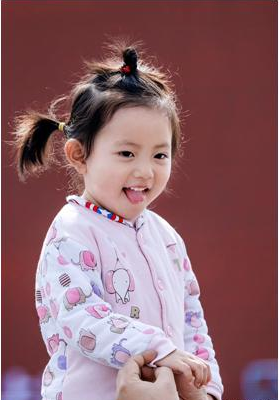
How to solve the black face in portrait?
Yes, when photographing against the light, we sometimes shoot people’s faces black, so what should we do?
My usual method is the “deception method.” Taking SLR shooting as an example, this deception is that the photographer “cheats” the camera to get a bright face exposure. There are three factors: metering method, focal length, and exposure lock.
- Metering method
Since the metering is on the face and the range is small, it is better to use spot metering.
- focal length
If it is a zoom lens, the lens should be extended to the maximum, that is, the light metering at the telephoto end can perform more detailed exposure detection on the face of the person, and the effect will be more accurate. If it is a fixed-focus lens, you need to measure the light close to the person’s face.
- Exposure lock
The role of exposure lock is self-evident, that is, to lock the exposure value obtained by the above two methods, so that no matter how you move the camera, you will always maintain the face exposure value just now (note that this hold time is limited , Usually only for a short period of time to maintain, after this time it will return to the original state, need to pay attention).
Shooting method
Set the camera to M gear, and the metering method is “spot metering”. Pull the lens to the telephoto end, aim at the face of the person and measure the light. Align the exposure indicator bar on the exposure 0 scale through the viewfinder, indicating the exposure standard. Press the exposure lock button on the camera in time (usually in the upper right corner of the camera) to lock the exposure value. Then you can adjust the focus to compose the picture, and then focus the shot. The faces of the characters captured in this way will certainly not be black.
It’s worth noting that sometimes you may think that the character’s face is too bright. So at this time, as long as you manually lower the exposure value by one or two stops, you can find the picture with the best exposure effect. This is why the M gear is selected, which can be adjusted at any time to get the best results faster.
Black faces in backlit photography portraits are a sign of serious underexposure. Especially when the background is too bright, the light is automatically metered, and the average of the characters and the large area of the sky is too bright, and the brightness of the sky shall prevail. Naturally, the characters are seriously underexposed.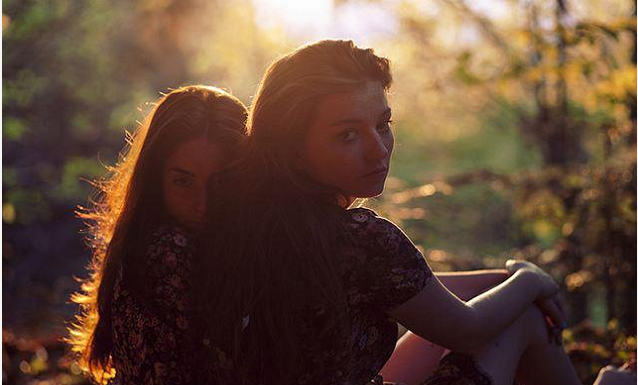
Two solutions
This problem can be completely solved in the process of taking pictures. There are several ways:
The first is that the background should be darker for backlight photography, and even brighter it should be a mid-gray tone. This way the metering is easier, and the backlit contour light is also clearer.
The second is that when the contrast between the person and the background is large, and the darker background cannot be changed due to the limitations of the photographing conditions, the flash can be used to ensure proper exposure of the person. According to the weather and the camera’s flash synchronization speed, try to use a higher shutter speed to ensure that the background can be somewhat exposed. Of course, if you want a white background, you can also use a slower speed.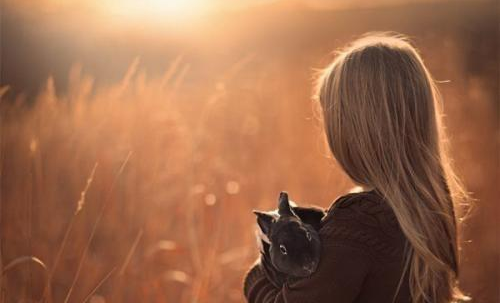
Pay special attention to the fact that when there is a big contrast between the person and the background, the exposure effect is not ideal even if the person is the subject, and the portrait may be vague and ungraded.
Another is that if you take multiple shots under the same background, you can take a good one first, and then change the manual mode with its parameters, so that you don’t need to repeat metering and calibration.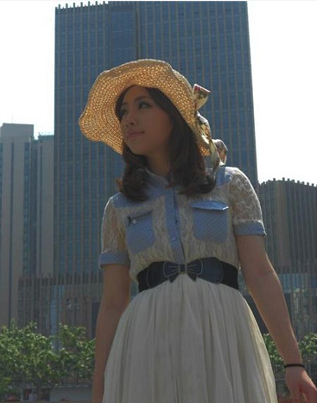
The most natural effect: reflector
An inconspicuous reflector is an artifact of backlight shooting. It can effectively balance the light ratio of the ambient light and the facial light of the character without adding artificial light sources, so as to solve the problem of backlit and dark faces: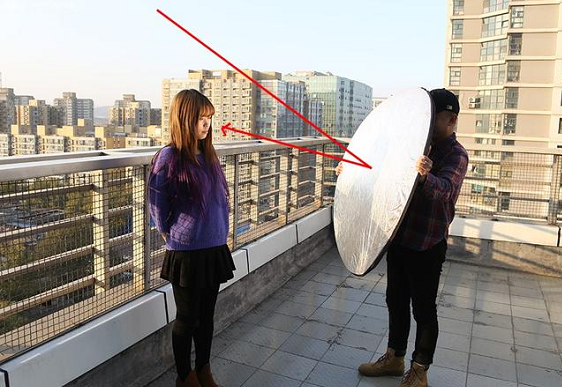
The most obvious effect: artificial light source
The artificial light source here can be internal flash, external flash, light box, or an independent small light source:
Compared with reflectors, flashing lights usually have high intensity and harder light, which tends to produce sharp shadows. A diffuser can be installed on the internal flash or external flash to effectively soften the light and obtain a softer light supplement effect: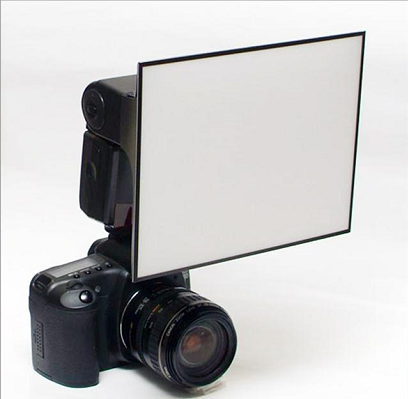
Other emergency measures:
- White paper or cardboard
Don’t worry if you don’t have a reflector, a piece of cardboard or even a piece of white paper can play a role in reflection.
- Change the shooting angle appropriately
This is also a simple and effective method, but it is more restrictive to the viewfinder.
- Increase exposure compensation or spot measurement on people’s faces.
